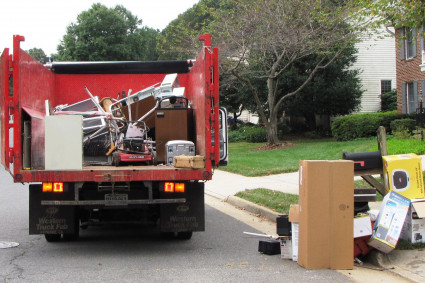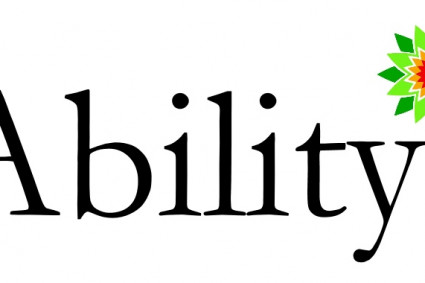
Conducting a comprehensive compliance audit is the first step in identifying areas of non-compliance and potential regulatory slip-ups. This audit should cover all aspects of the organization that are subject to regulations, including processes, policies, and procedures. By thoroughly assessing the current state of compliance, businesses can gain valuable insights into areas that need improvement.
Engaging compliance experts and legal advisors is crucial in understanding the intricacies of regulatory requirements and interpreting complex rules. These experts can provide valuable guidance in developing corrective action plans that are tailored to the organization's specific needs.
Developing detailed and comprehensive corrective action plans is essential in addressing regulatory slip-ups effectively. Each plan should outline specific steps, assign responsibilities, and set clear timelines for implementation. Prioritizing the remediation efforts based on the severity of each non-compliance can ensure that the most critical issues are addressed first.
Establishing ongoing compliance training programs for employees is vital in promoting a culture of compliance within the organization. Regular training sessions can help employees understand their roles and responsibilities in maintaining compliance and prevent future slip-ups.
1. Conduct a Comprehensive Compliance Audit:
Begin by performing a thorough and comprehensive compliance audit across your organization. This audit should encompass all departments, processes, policies, and procedures that are subject to regulatory requirements. The goal is to identify areas where regulatory slip-ups may have occurred and assess the scope and impact of each issue. The audit can also help identify potential systemic issues that may require broader remediation efforts.
2. Engage Compliance Experts and Legal Advisors:
Seek guidance from compliance experts or legal advisors who specialize in the relevant regulatory domains. Their deep knowledge and understanding of the regulations can help you interpret complex requirements and determine the appropriate corrective actions. Compliance experts can also assist in designing and implementing effective compliance programs tailored to your organization's specific needs.
3. Develop Comprehensive Corrective Action Plans:
Based on the audit findings, develop detailed corrective action plans for each identified regulatory slip-up. Each plan should outline the specific steps required to address the issue, assign responsibilities to relevant stakeholders, and set clear timelines for implementation. Prioritize the remediation efforts based on the severity of each non-compliance and its potential impact on the organization.
4. Establish Ongoing Compliance Training Programs:
Institutionalize a culture of compliance by providing regular and ongoing training to employees at all levels. The training should focus on the specific regulations that impact their roles and responsibilities. A well-informed workforce is better equipped to identify and prevent regulatory slip-ups, reducing the likelihood of future non-compliance.
5. Enhance Communication Channels for Reporting:
Promote an open and transparent communication environment where employees can report potential regulatory issues without fear of retaliation. Establish confidential reporting mechanisms, such as hotlines or anonymous reporting platforms, to encourage employees to come forward with compliance concerns. Timely reporting of issues allows for prompt investigation and remediation.
6. Monitor and Track Progress:
Maintain a robust monitoring and tracking system to oversee the implementation of corrective actions. Regularly review progress toward compliance goals and key performance indicators (KPIs). Monitoring enables early detection of potential gaps and helps ensure that remediation efforts stay on track.
7. Perform Internal Mock Regulatory Inspections:
Conduct periodic internal mock regulatory inspections to simulate real audits. These mock audits help identify any remaining gaps or weaknesses in compliance practices and provide an opportunity to address them proactively. They also prepare the organization for external regulatory inspections, ensuring a smoother process.
8. Stay Abreast of Regulatory Changes:
Given the dynamic nature of regulatory requirements, it is crucial to stay updated with changes in relevant regulations. Assign dedicated personnel or compliance officers to monitor regulatory updates and assess their impact on the organization's compliance practices. Updating compliance programs in response to new regulations helps prevent future slip-ups.
9. Engage in Self-Reporting:
If you discover a regulatory slip-up or non-compliance, consider self-reporting to the relevant regulatory authorities. Self-reporting demonstrates your commitment to rectifying the issue and may lead to leniency in enforcement actions. Prompt and transparent self-reporting can mitigate potential penalties and demonstrate a proactive approach to compliance.
10. Implement Automation and Technology:
Leverage automation and compliance management tools to streamline compliance processes and reduce the likelihood of human errors. Automation can help ensure consistency in compliance practices and facilitate reporting and record-keeping requirements.
11. Foster a Learning Culture:
Create a learning culture within the organization that encourages the sharing of lessons learned from regulatory slip-ups. Conduct post-incident reviews to understand the root causes of non-compliance and implement corrective measures. Learning from past mistakes is vital to preventing recurrence and continuously improving compliance practices.
12. Regularly Reassess Compliance Programs:
Regularly review and reassess your compliance programs to adapt to evolving regulations and industry best practices. Continuous improvement is essential to maintaining a strong compliance posture and ensuring that your organization is resilient to emerging compliance challenges.
In conclusion, fixing common regulatory slip-ups demands a proactive and multifaceted approach that encompasses thorough auditing, expert guidance, robust corrective actions, ongoing training, and continuous monitoring. By implementing these best practices, businesses can build a strong culture of compliance, reduce the risk of non-compliance, and enhance their ability to navigate the complex regulatory landscape effectively. A commitment to compliance is not only a legal obligation but also a strategic investment in the long-term success and sustainability of the organization.







